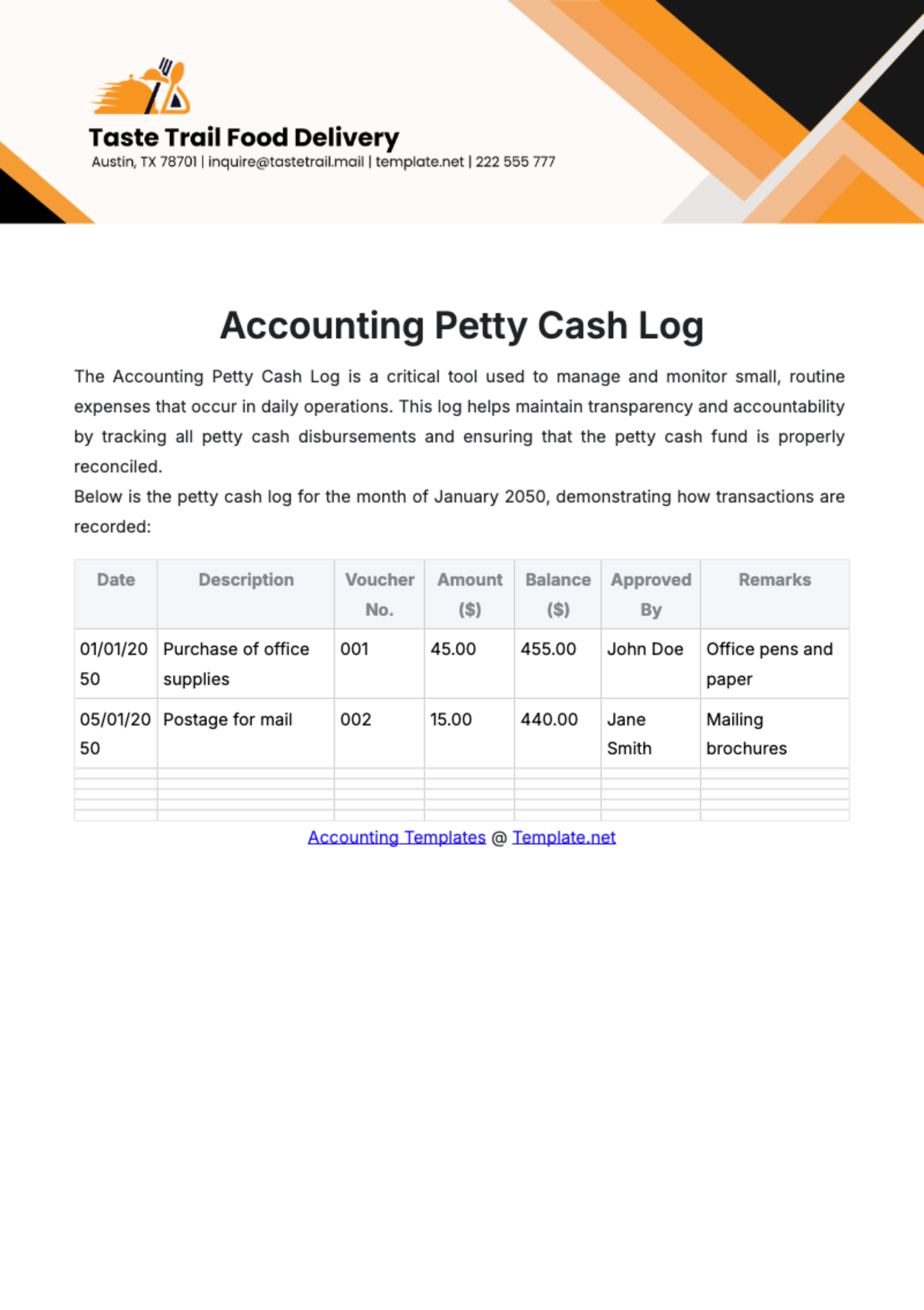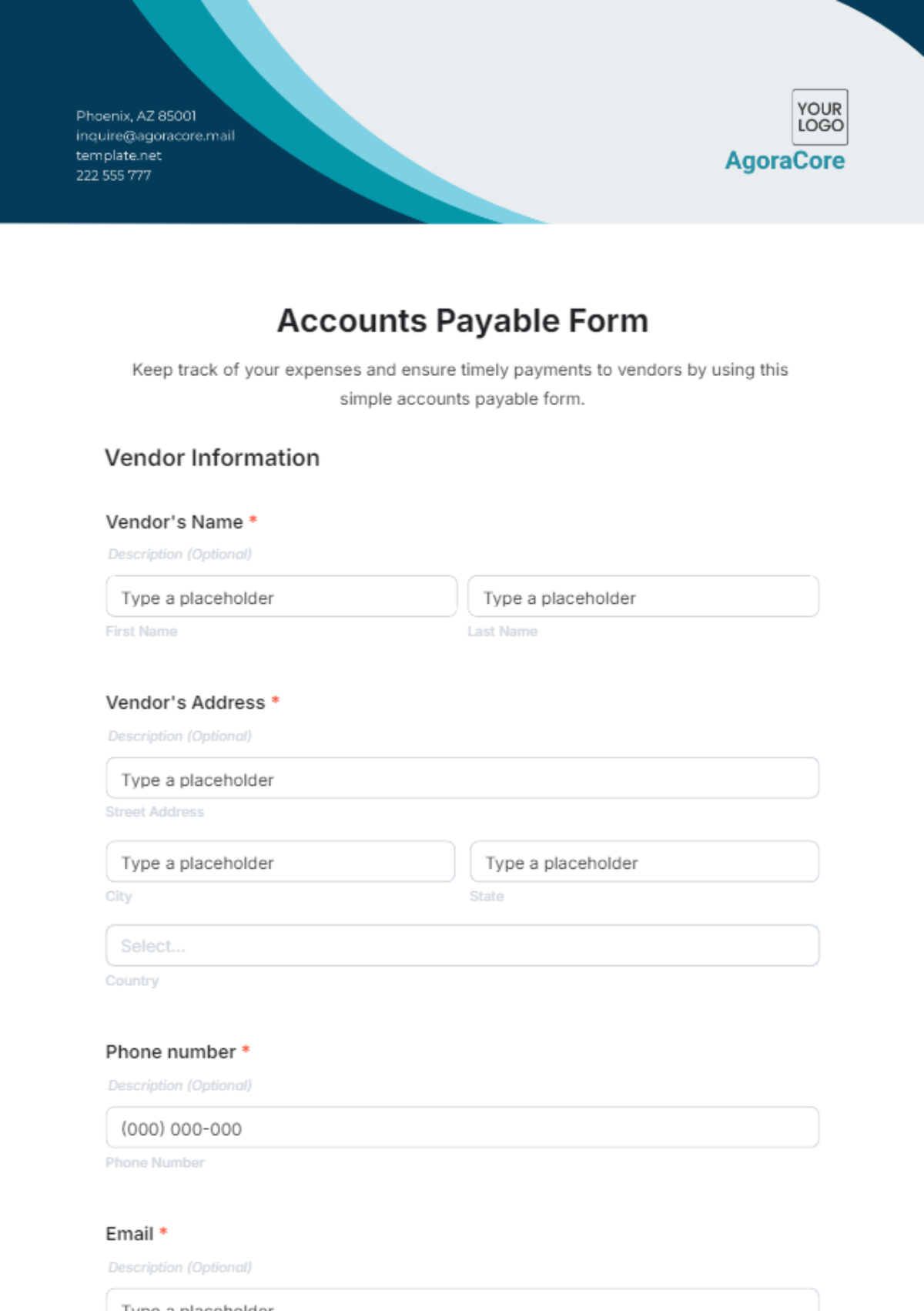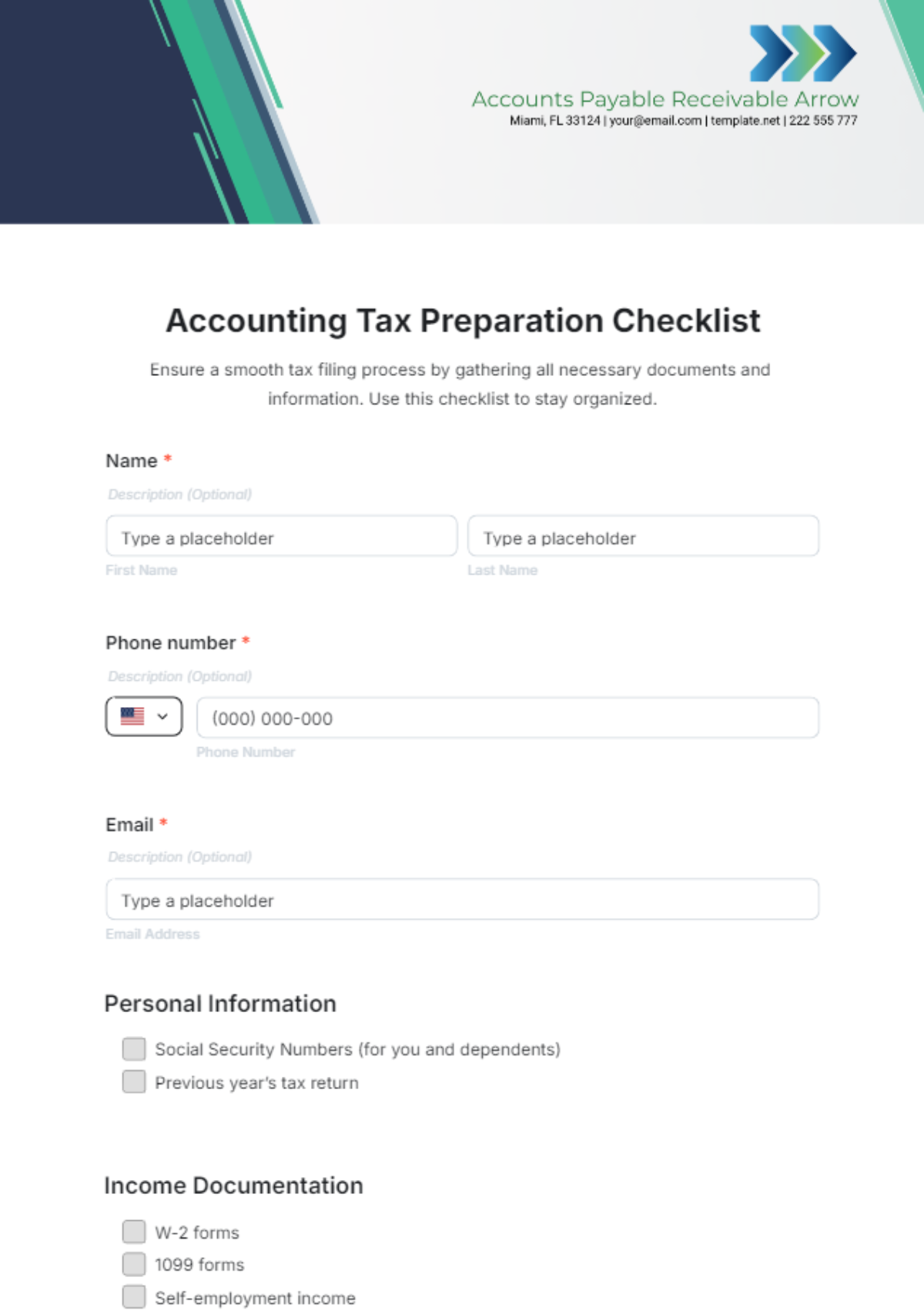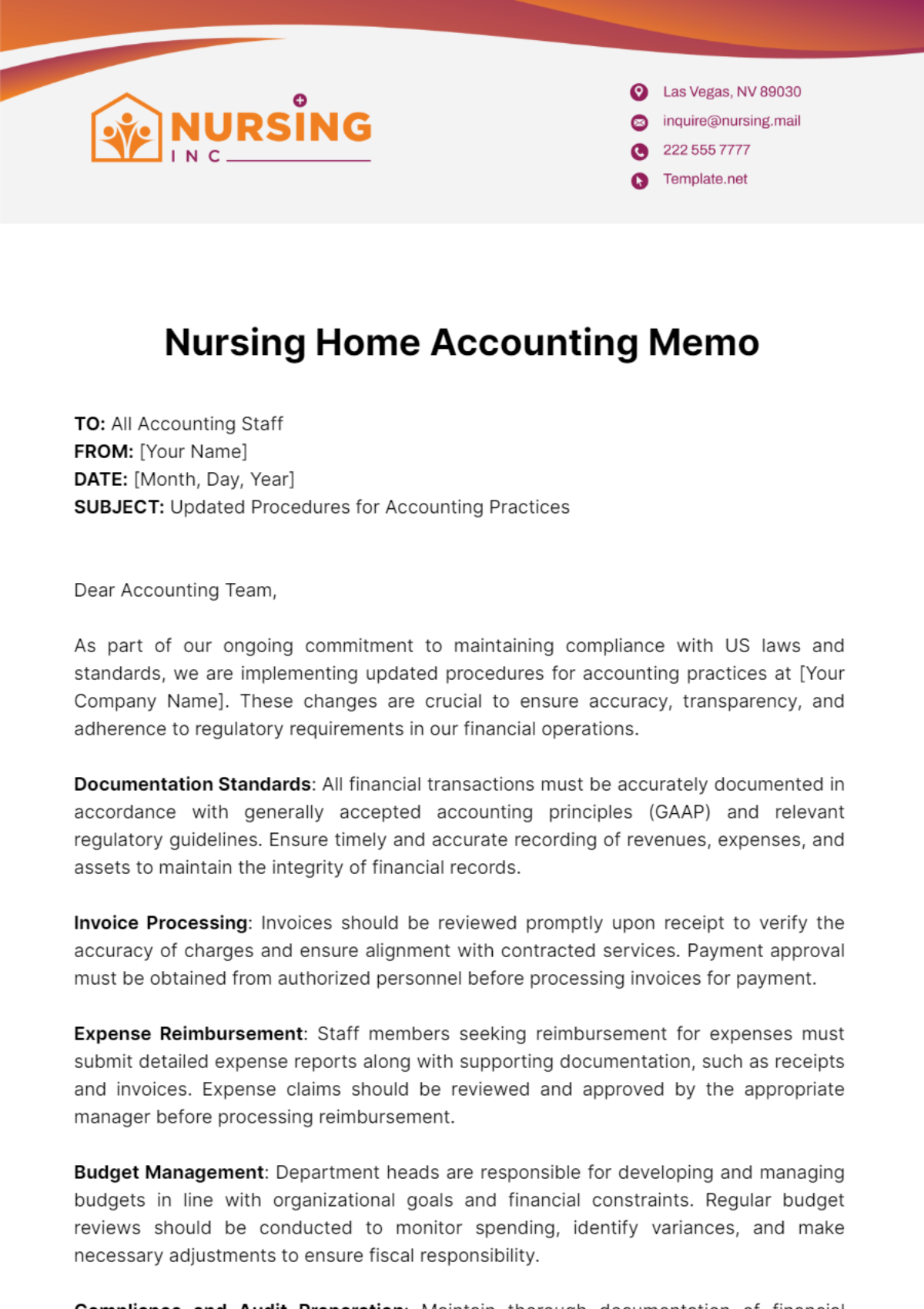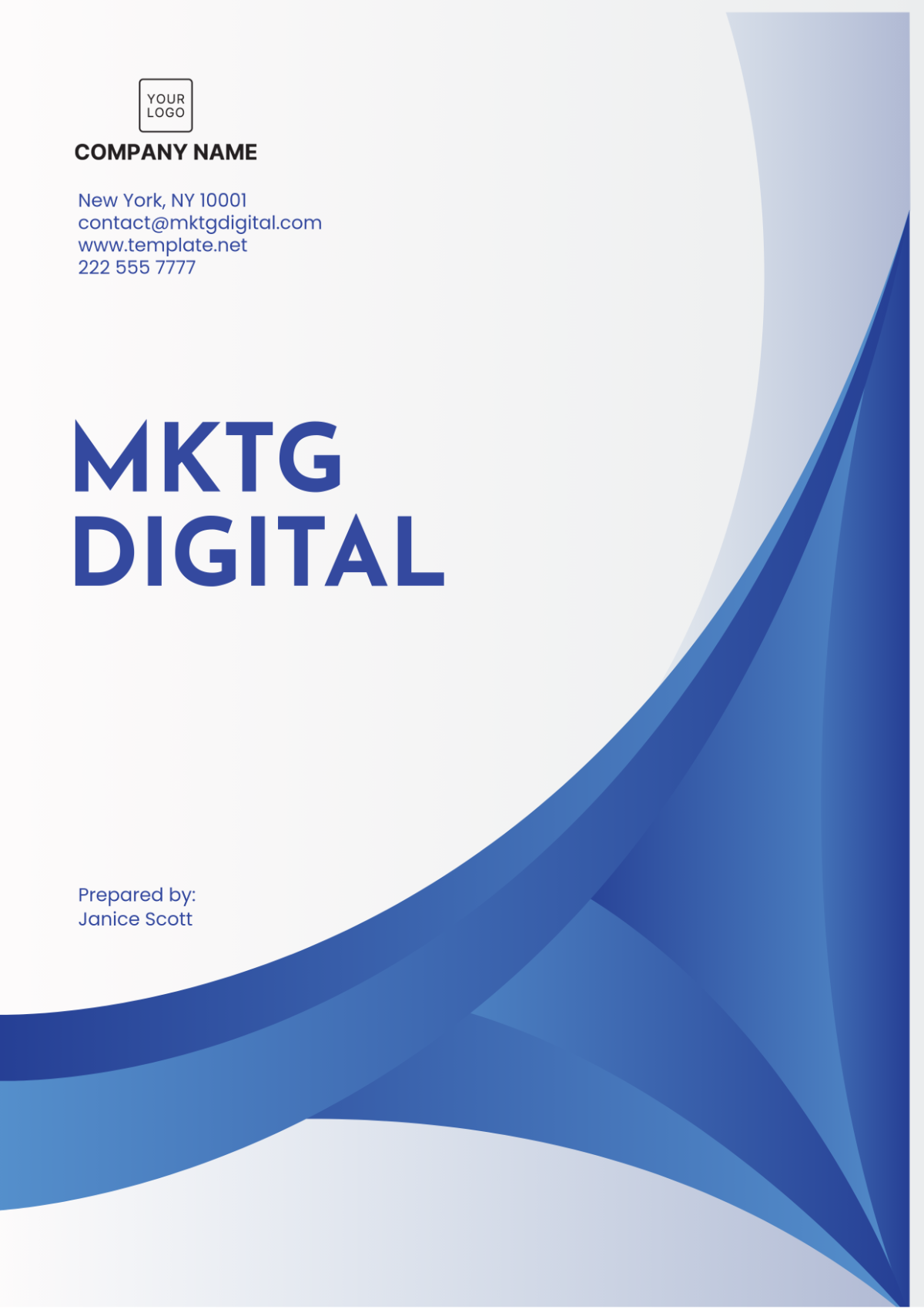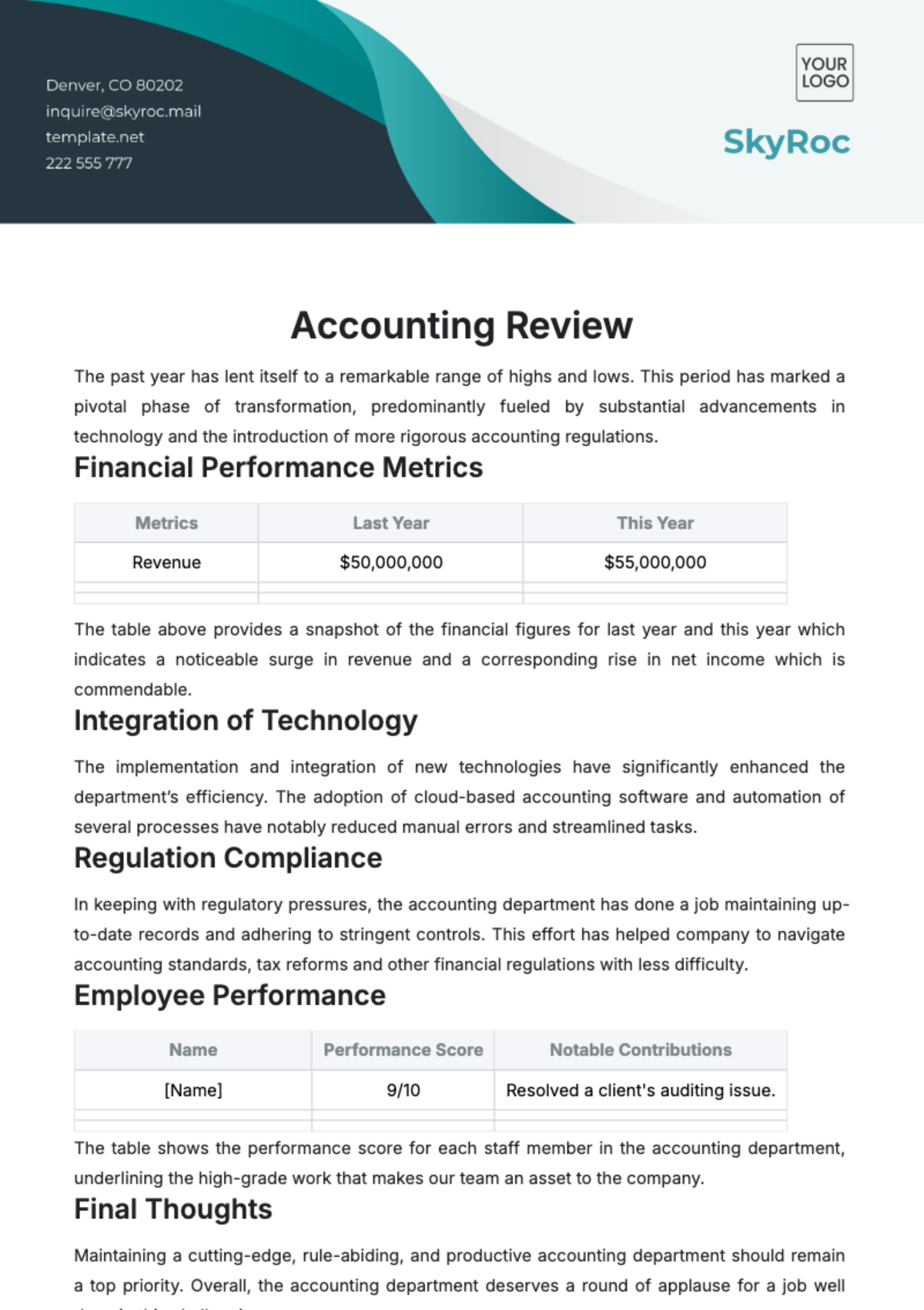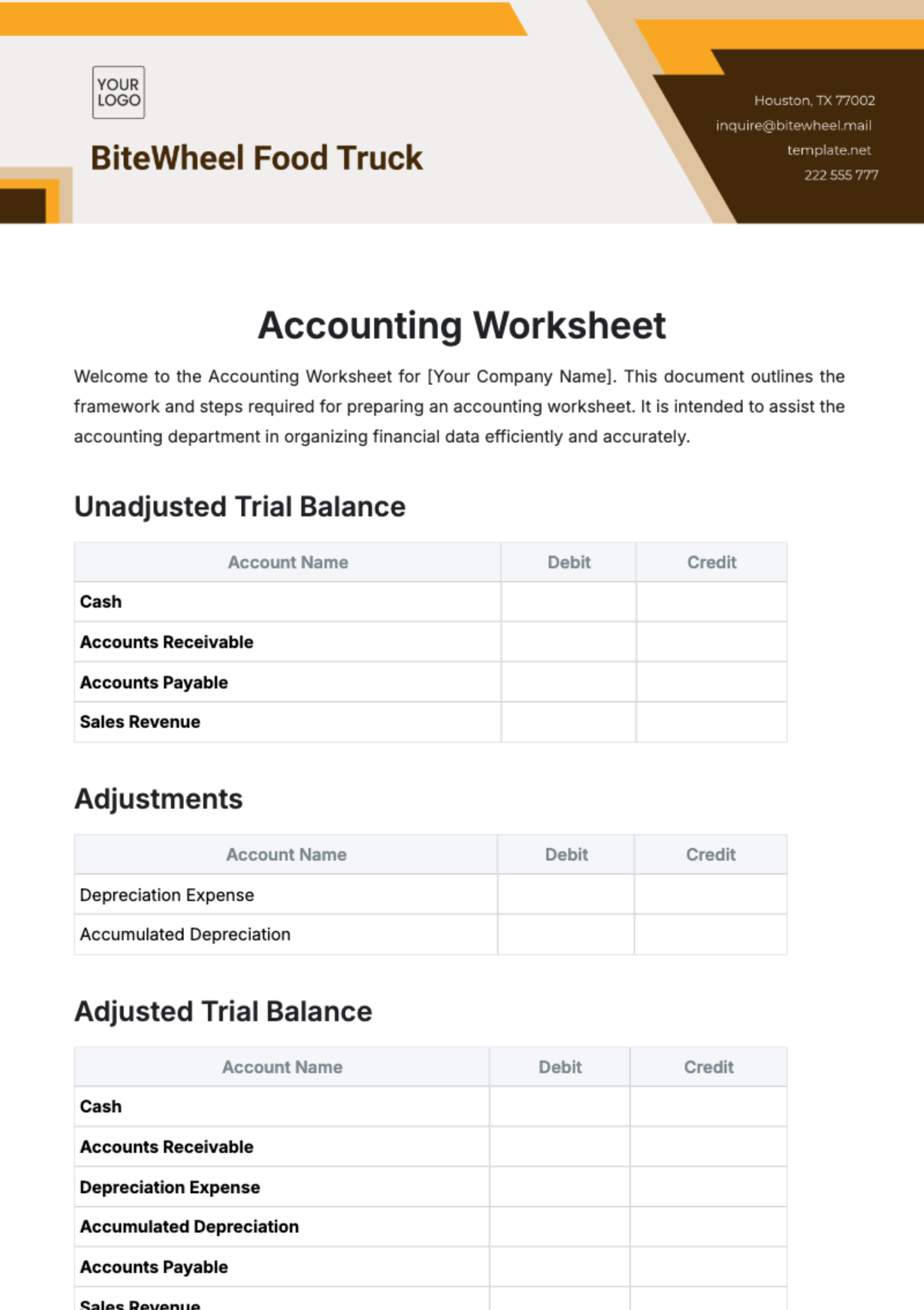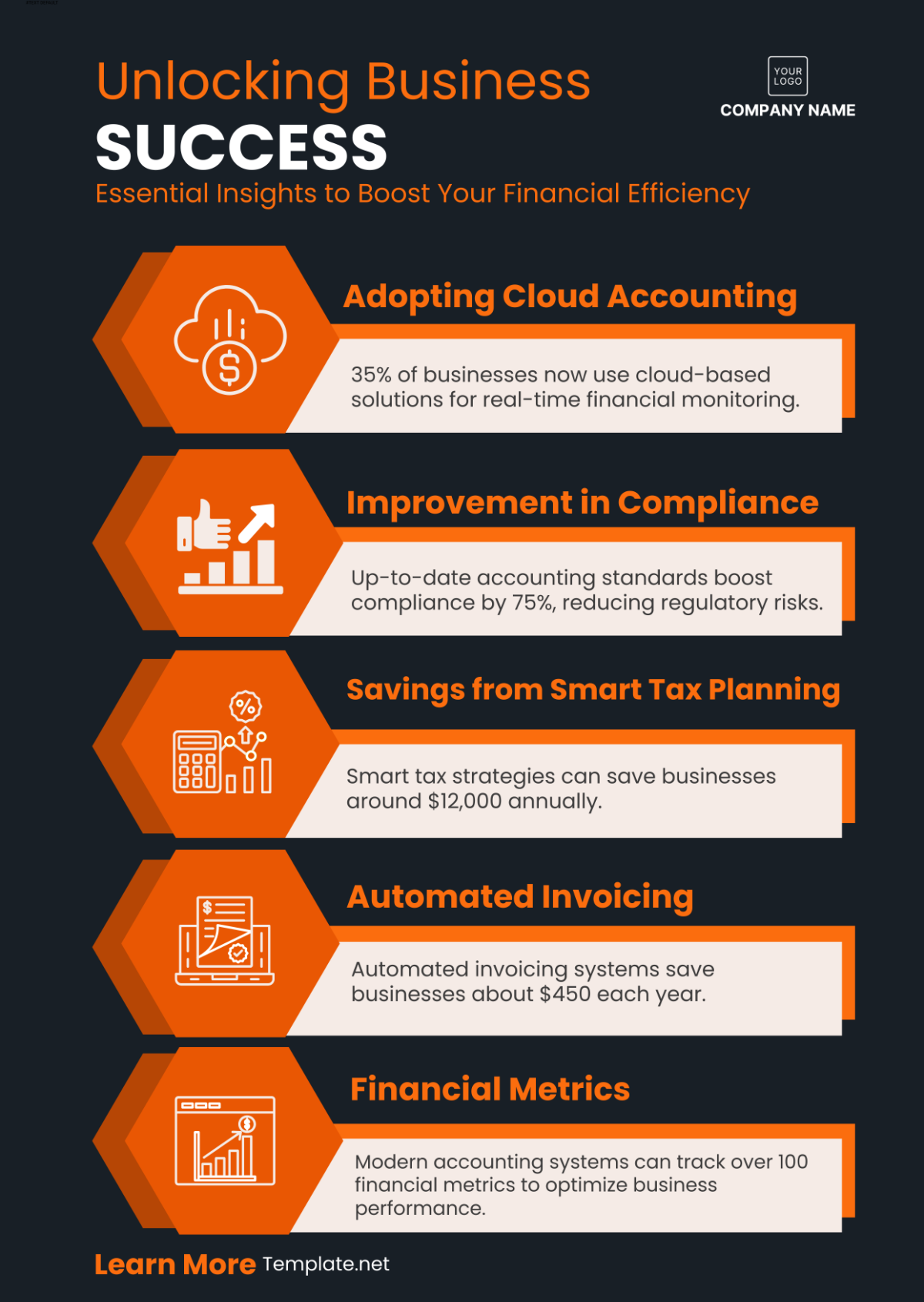Account Crisis Management Protocol
1. Introduction
This document presents the Account Crisis Management Protocol for [Company Name] ("the Company"), a critical framework designed to manage and resolve crises related to account security and data integrity. In the digital era, where information is a valuable asset, safeguarding account data against unauthorized access, breaches, and other security threats is paramount for maintaining the Company's reputation and trustworthiness.
The purpose of this protocol is multi-fold: to provide a structured approach to identifying, addressing, and resolving account-related crises; to ensure compliance with legal and regulatory requirements; and to minimize the impact of such crises on the Company's operations, customers, and stakeholders. This protocol aligns with our commitment to maintaining the highest standards of data security and integrity.
Account crises can range from external threats, such as hacking attempts and phishing scams, to internal issues like employee negligence or system failures. The Company recognizes that in the dynamic landscape of cybersecurity, proactive crisis management is not just a regulatory necessity but a critical component of business resilience and continuity.
Through this protocol, [Company Name] seeks to establish clear guidelines and procedures for the rapid and effective response to account crises. By doing so, the Company aims to mitigate risks, limit damage, and ensure a swift return to normal operations, thereby upholding its commitment to secure and reliable service.
2. Scope
The Account Crisis Management Protocol of [Company Name] is comprehensive in its scope, encompassing all aspects of account management, data security, and crisis response. This protocol is applicable to every individual associated with the Company, including but not limited to all full-time and part-time employees, contractors, consultants, and stakeholders.
It covers all company-operated accounts and data systems, including customer databases, employee records, financial accounts, and any other repositories of sensitive information. The protocol extends to all forms of data, whether stored digitally, on paper, or communicated orally. This broad scope ensures that the protocol is inclusive of all potential scenarios and vulnerabilities that might lead to an account crisis.
The objective of establishing a wide-ranging scope is to create a universal standard for crisis management across all departments and levels of the organization. This uniformity ensures that regardless of the department or nature of the crisis, there are clear and consistent procedures to follow, facilitating a coordinated and effective response.
Furthermore, this scope underlines the Company's commitment to an organization-wide culture of security awareness and preparedness. By including all employees and stakeholders in this protocol, [Company Name] emphasizes the collective responsibility for maintaining account security and integrity, thus fostering a proactive stance towards crisis prevention and management.
3. Crisis Identification
3.1 Signs of a Crisis
The initial phase of effective crisis management is the timely and accurate identification of a potential crisis. This involves recognizing the various signs that may indicate unauthorized access, data breaches, or other forms of account compromise. Key indicators include:
Multiple failed login attempts, which could signify an unauthorized attempt to access an account.
Unexplained changes to account details, such as updates to contact information, passwords, or security settings, that have not been authorized by the account holder.
Suspicious account activities, which might include unusual patterns of transactions, access from unfamiliar locations, or anomalous system operations.
Early detection of these signs is crucial for preventing a minor security concern from escalating into a full-blown crisis.
3.2 Initial Response
Upon detecting any of the aforementioned signs, the following initial response actions are crucial:
Immediate reporting to the designated contact within the Company, such as a supervisor, the IT department, or the security team. This quick reporting is vital for triggering the crisis management process.
Comprehensive documentation of the unusual activities observed. This should include details like the time and nature of the activity, any changes made, and any other relevant observations. Such documentation is critical for the subsequent investigation and response phases.
This initial response is the first line of defense in crisis management, playing a pivotal role in containing and controlling the situation before it escalates. The effectiveness of this phase is heavily dependent on the awareness and preparedness of the Company's personnel, underlining the importance of regular training and education in crisis recognition and response procedures.
4. Immediate Risk Mitigation
Effective risk mitigation is a critical component of the Account Crisis Management Protocol at [Company Name]. This stage is focused on immediate actions to prevent further damage and secure the system post-identification of a potential crisis.
4.1 Initial Measures
The immediate steps taken in the wake of an account crisis are crucial. These measures are designed to quickly secure the affected accounts and prevent further unauthorized access. The following actions are to be taken:
Temporarily Disabling Affected Accounts: This is the first and most crucial step. It involves suspending access to accounts that are suspected to be compromised. This action prevents further unauthorized activities and secures the account until it can be thoroughly investigated and secured.
Resetting Passwords: For all affected accounts, passwords must be reset immediately. This process involves creating new, strong passwords that comply with [Company Name]'s security policies. It is recommended to use a combination of letters, numbers, and special characters to enhance security.
Implementing Additional Authentication Measures: Depending on the severity of the breach, additional layers of security, such as two-factor authentication (2FA) or multi-factor authentication (MFA), should be implemented. This ensures an additional security check beyond just the password.
Action Item | Description | Responsible Department |
|---|---|---|
Account Suspension | Temporarily disable access to suspected compromised accounts | IT/Security Department |
Password Reset | Initiate mandatory password change for affected accounts | IT/Security Department |
Additional Authentication Activation | Implement 2FA or MFA for enhanced account security | IT/Security Department |
4.2 Notification to IT/Security Department
Once an account crisis is identified, immediate notification to the IT/Security Department is essential. The following contact details should be used to report the crisis:
Contact Person: [IT/Security Department Contact Person]
Email: [IT/Security Department Email]
Phone: [IT/Security Department Phone Number]
The IT/Security Department is responsible for coordinating the immediate response, including account suspension, password resets, and additional security measures implementation.
5. Activation of Recovery Measures
After initiating immediate risk mitigation measures, the next critical phase is the activation of recovery measures to restore normal operations and secure the system against future threats.
5.1 Designated Recovery Team
A specialized Recovery Team is designated for managing the recovery process. This team is responsible for assessing the damage, restoring data, and reinforcing system security. The team composition is as follows:
Team Leader: [Team Leader's Name]
Members: [List of Team Members]
Each member of the team has specific roles and responsibilities, outlined in a detailed matrix within the crisis management plan.
5.2 Recovery Procedures
The recovery process involves several key steps:
Retrieving and Restoring Lost/Tampered Data: The primary goal is to recover any data that has been lost or tampered with during the breach. This involves using backups and other data recovery methods.
Assessing and Repairing System Vulnerabilities: A thorough assessment of how the breach occurred is conducted. This involves identifying and repairing any vulnerabilities in the system to prevent similar incidents in the future.
5.3 Documentation
Proper documentation throughout the recovery process is vital. This documentation serves as a record of actions taken and provides valuable insights for improving future responses. Key aspects of documentation include:
Recording Actions Taken: Detailed records of all actions and decisions made during the recovery process.
Updating Recovery Protocols: Based on the lessons learned, recovery protocols should be reviewed and updated to enhance future crisis response effectiveness.
Step | Description | Documentation Required |
|---|---|---|
Data Retrieval and Restoration | Recovery of lost or compromised data | Recovery logs, Data recovery reports |
System Vulnerability Assessment | Identification and repair of system weaknesses | Vulnerability assessment reports, Repair logs |
Protocol Update | Updating recovery procedures based on insights | Updated protocols, Change logs |
Through these comprehensive steps, [Company Name] ensures a resilient and robust response to any account-related crises, safeguarding the company's data and maintaining trust with its customers and stakeholders.
6. Communication and Notification
Effective communication is a cornerstone of successful crisis management. The strategy for [Company Name] involves two primary communication streams: notifying affected parties and maintaining internal team communication.
6.1 Affected Parties Notification
The objective is to inform all parties potentially impacted by the crisis in a timely and accurate manner. This includes customers, employees, and other stakeholders. The communication should be clear, transparent, and provide all necessary information to understand the impact and next steps.
Communication Channels: To ensure the message reaches all affected parties promptly, the Company utilizes various channels:
Email: For detailed communication, providing in-depth information about the situation.
Phone: Used for urgent communication and personal outreach.
Internal Messaging Systems: For quick, real-time updates within the organization.
Content of Communication: The message should include:
A clear description of what happened.
Steps taken by the Company to resolve the issue.
Actions required by the affected parties, if any.
Contact information for further inquiries.
6.2 Internal Team Communication
Efficient internal communication is essential for a coordinated response.
Communication Chain: Establishing a clear communication chain ensures information flows effectively through the organization. This could involve assigning a communication officer who is responsible for disseminating information to different departments and teams.
Regular Updates and Coordination Meetings: Regularly scheduled meetings and updates are crucial for:
Sharing the latest information about the crisis.
Coordinating response efforts across various teams.
Addressing any emerging challenges.
7. Legal and Compliance Considerations
7.1 Legal Requirements
In the event of a crisis, particularly those involving data breaches or unauthorized access, legal obligations come into play.
Reporting to Relevant Authorities: If the crisis involves legally protected data, the Company is required to report the breach to the relevant authorities promptly. The timeframe and manner of reporting depend on the jurisdiction and the nature of the data involved.
Compliance with Data Protection Laws: The Company must ensure compliance with all applicable data protection laws, such as GDPR in the European Union or CCPA in California. This includes protecting personal data and respecting the privacy rights of individuals.
7.2 Communication with Legal Team
The Legal Team plays a crucial role in navigating the legal aspects of the crisis.
Contact details of the Legal Team: [Legal Team Contact]
The Legal Team advises on:
Legal ramifications of the crisis.
Compliance with data protection laws.
Communication with external authorities.
8. Post-Crisis Analysis
After resolving the crisis, it’s crucial to analyze the incident comprehensively to prevent future occurrences.
8.1 Debriefing Sessions
Led by: [Debriefing Leader]
All members of the crisis management team participate.
Objectives:
Review the handling of the crisis.
Identify successes and areas for improvement.
8.2 Lessons Learnt Documentation
Documentation of key findings is crucial for learning from the crisis.
This includes:
What worked well and what didn’t.
Any unforeseen challenges.
Recommendations for future crisis management strategies.
8.3 Implementation of Preventative Measures
Based on the post-crisis analysis, the Company will implement preventative measures.
These may include:
Upgrading system architecture to enhance security.
Introducing more stringent security measures, like advanced encryption.
Enhancing monitoring of account activities to detect and prevent unauthorized access.
This structured approach ensures that [Company Name] not only responds effectively to crises but also continuously improves its preparedness and response strategies.
9. Training and Drills
The training and preparation of personnel play a pivotal role in ensuring the efficacy of the Account Crisis Management Protocol at [Company Name]. Regular training and simulated drills are essential for keeping the team prepared and responsive.
9.1 Regular Training Sessions
Conducted by: The [Training Department] is responsible for designing and conducting these training sessions. The department works in close collaboration with the IT, Security, and Legal teams to ensure that the training content is comprehensive and up-to-date with the latest industry standards and regulatory requirements.
Frequency: Training sessions are held [Specify frequency, e.g., quarterly]. This regularity ensures that all team members, including new hires, are consistently updated and familiar with the crisis management protocols.
Training Content: The sessions cover a range of topics, including:
Identification of potential account crisis scenarios.
Steps for immediate response and risk mitigation.
Effective communication strategies during a crisis.
Legal and compliance obligations.
Use of technology and tools in crisis management.
9.2 Crisis Simulation Drills
Planned and Executed by: The [Drill Coordinator], typically a member of the Security or IT department, is tasked with planning and executing these drills. The drills are designed to simulate real-life crisis scenarios, testing the readiness and effectiveness of the crisis management team.
Participation: Mandatory for all members of the crisis management team, including representatives from IT, Security, HR, Legal, and Communications departments.
Drill Objectives:
To assess the practical application of training.
To evaluate the coordination and communication among team members.
To identify areas for improvement in the crisis response strategy.
10. Feedback and Continuous Improvement
Continuous improvement is a critical aspect of effective crisis management. Feedback from team members and affected parties provides valuable insights for refining the crisis management protocol.
Method of Collection: Feedback is collected through various channels including direct interviews, surveys, and an online feedback form available at [Link to Feedback Form].
Participants: Feedback is sought from:
Members of the crisis management team.
Employees and stakeholders affected by the crisis.
External partners, if involved in the crisis resolution.
Areas of Feedback: The feedback focuses on:
Effectiveness of the communication during the crisis.
Efficiency of the response measures.
Clarity and applicability of the crisis management protocol.
Suggestions for improvements.
10.2 Review and Update of Protocols
Annual Review by: The [Review Committee], comprising senior members from various departments (IT, Security, Legal, HR, etc.), is responsible for conducting an annual review of the crisis management protocols.
Process:
The committee examines the effectiveness of the existing protocols in light of recent crises, drills, and feedback.
Updates and revisions are proposed based on the latest technological advancements, legal requirements, and industry best practices.
Incorporation of feedback and new insights into the protocols to ensure they remain relevant and effective.
Documenting Changes: All updates to the protocols are documented, with a clear record of the amendments made, the reasons for the changes, and the date of implementation.
This systematic approach to training, feedback collection, and continuous improvement ensures that [Company Name]’s Account Crisis Management Protocol remains robust, dynamic, and effective in addressing the evolving landscape of account security and crisis management.
11. Document Amendment Record
Date of Amendment: [Insert Date]
Nature of Amendment: [Describe the amendment]
Amended by: [Amender's Name]
12. Acknowledgment
This document is approved and acknowledged by the undersigned as the official Account Crisis Management Protocol of [Company Name].
Name: [Authorizing Official's Name]
Position: [Official's Position]
Date: [Insert Date]
Signature:
This Account Crisis Management Protocol is intended to be a living document, subject to regular review and updates in response to evolving cyber threats and business needs of [Company Name].
For further information or clarification regarding this protocol, please contact [Designated Contact Details].





